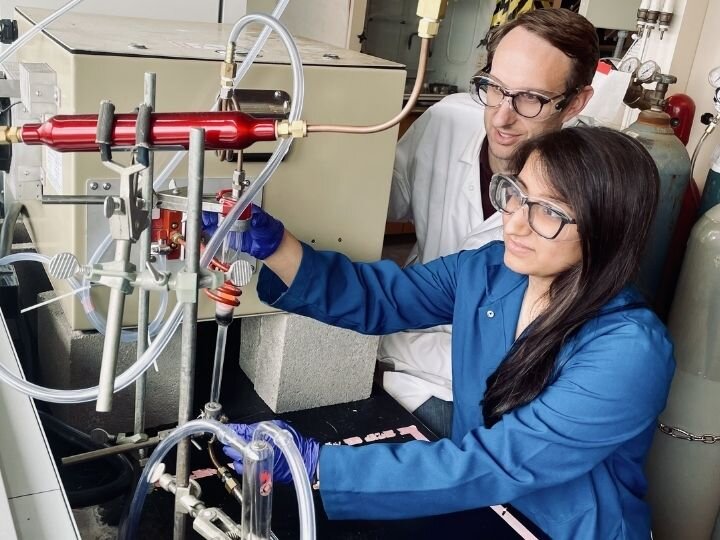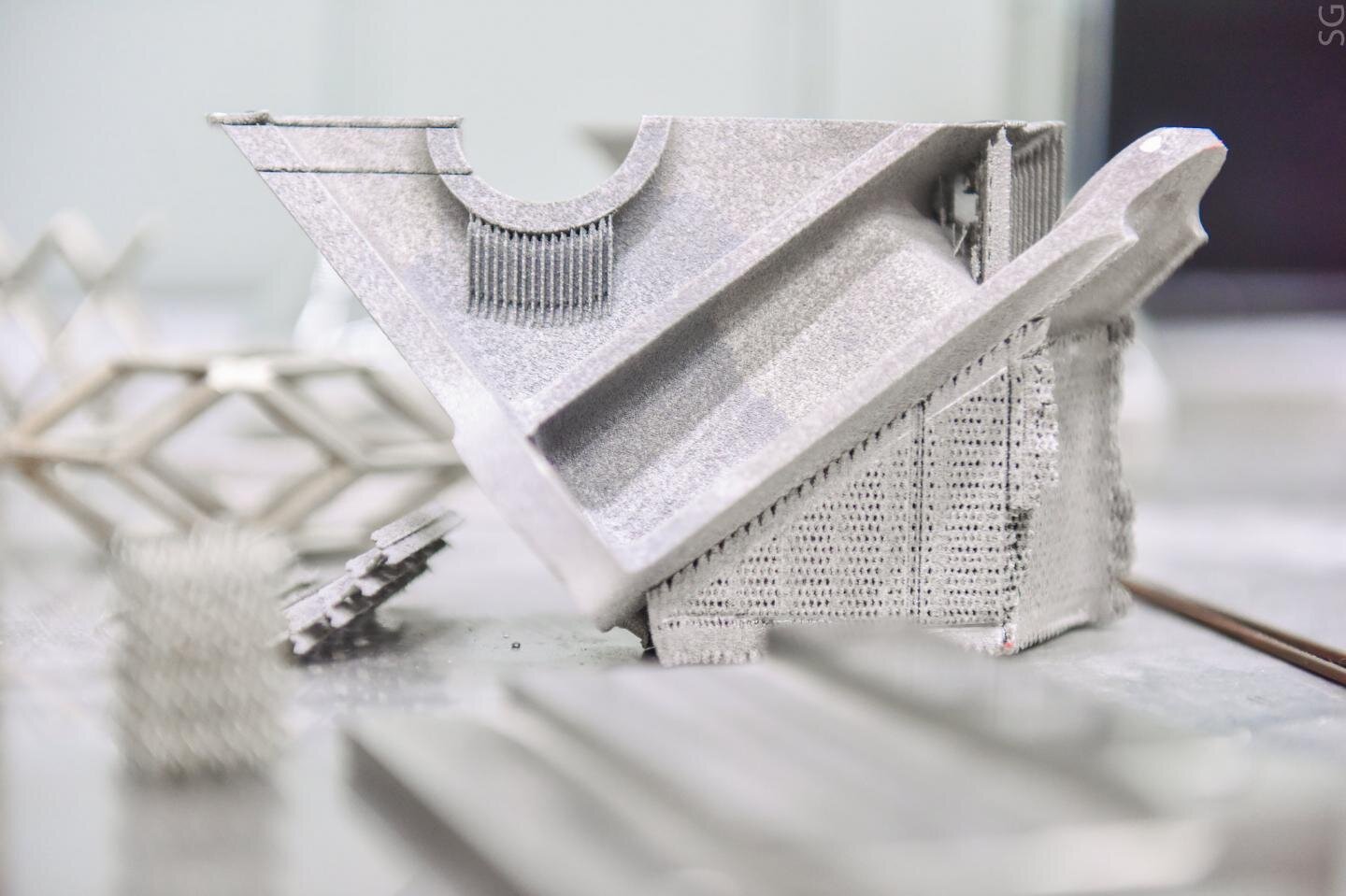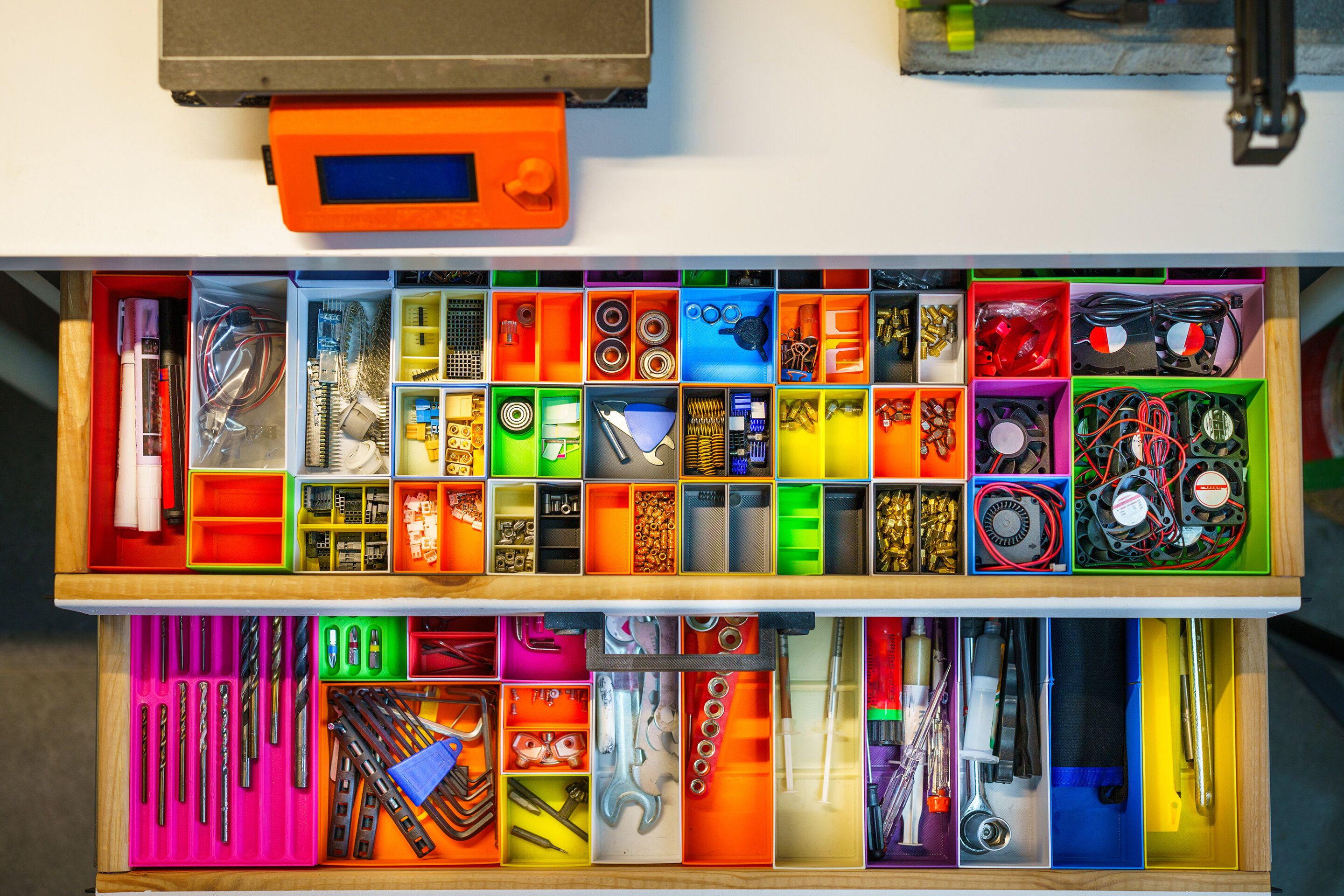#COVID curriculum brings science home for high school students

“#COVID curriculum brings science home for high school students”
Since the lesson plan was created before new COVID-19 variants became prevalent, the paper’s authors included an addendum that recommended students and teachers explore emerging variants using the activity. As the pandemic continues, new lessons and concepts can be taught based on the techniques outlined in the paper, the researchers say.
“This past school year was challenging for those of us in education. However, lessons concerning SARS-CoV-2 were a natural direction for virtual instruction since it combines the relevance of COVID with at-home computer use for genetic data analysis,” said lead study author Nadja Anderson, an assistant professor of practice in the UArizona Department of Molecular and Cellular Biology and director of the department’s BIOTECH Project.
Since 1996, the BIOTECH Project has provided Arizona teachers with materials, equipment and training to conduct molecular genetics experiments with high school students. A subset of the high school students who participate in the BIOTECH Project also take college-level courses in molecular and cellular biology, are enrolled at the university, earn university credit and are exposed to university laboratory research.
The paper describes a lesson plan that was created before COVID-19 vaccines were introduced. At least three Tucson-area high schools used the plan to study proteins of all seven coronaviruses: the four that cause the common cold, and the SARS, MERS and SARS-CoV-2 viruses. The goal was to investigate whether the SARS-CoV-2 spike protein would be a good candidate for a vaccine.
“We had the students looking at the protein sequences of the spike protein—the protein on the outside of the virus that makes it a prime candidate for your immune system to target and create immune response,” Anderson said.
Students learned how different vaccines work and conducted a detailed comparison of protein sequences.
By looking at the uniqueness of spike proteins, the students were able to see the evolutionary relatedness of the seven coronaviruses from their computer at home. In the end, students compared spike protein sequences of different versions of SARS-CoV-2 to each other and saw that the sequence similarity within the spike proteins make them good vaccine candidates.
All the work was done before COVID-19 variants started to spread widely.
“The paper doesn’t talk about this, but students can use this exercise to analyze some of the variant spike proteins as another exercise, as well,” Anderson said.
Ultimately, she said she hopes students gained an understanding about viruses and vaccines and how they work.
“Education is one of those things where the more you know, the more you can weed your way through all the info out there, and there’s a lot out there that’s incorrect,” Anderson said. “If they understand how vaccines work and are made, then they can critically analyze information and hopefully they can weed their way through all of the misinformation.”
In addition to providing online lessons during the pandemic, Anderson developed hands-on kits to help students conduct science at home. Over 1,000 kits to build electrophoresis boxes—equipment used in molecular biology laboratories to separate and analyze DNA—were sent to students throughout Tucson. Students used their electrophoresis box to analyze DNA from a variety of lessons provided by the BIOTECH Project, including mock crime scene activities and simulated genetic testing.
“Even some kids’ families got involved in the at-home experiments,” Anderson said. “The students became advocates for safety at home, and subsequently the need for vaccinations. The work from the BIOTECH Project not only enhanced the education of these students, but also of our community.”
Nadja Anderson et al, Online Instruction – Bioinformatics Lesson for a COVID-19 Vaccine, The American Biology Teacher (2021). DOI: 10.1525/abt.2021.83.7.464
Citation:
COVID curriculum brings science home for high school students (2021, October 15)
retrieved 15 October 2021
from https://phys.org/news/2021-10-covid-curriculum-science-home-high.html
This document is subject to copyright. Apart from any fair dealing for the purpose of private study or research, no
part may be reproduced without the written permission. The content is provided for information purposes only.
If you liked the article, do not forget to share it with your friends. Follow us on Google News too, click on the star and choose us from your favorites.
For forums sites go to Forum.BuradaBiliyorum.Com
If you want to read more Like this articles, you can visit our Science category.




